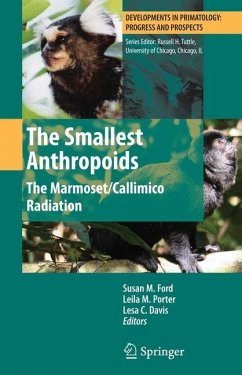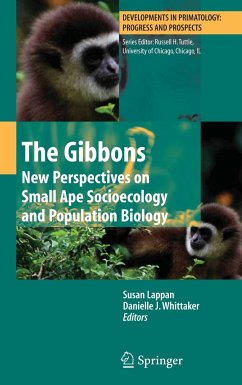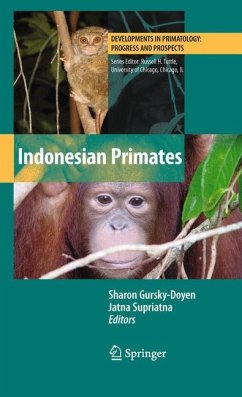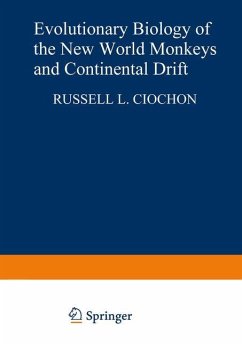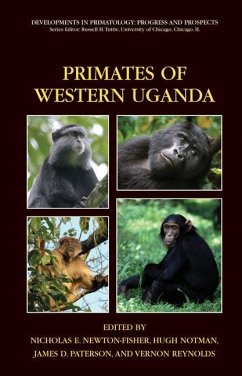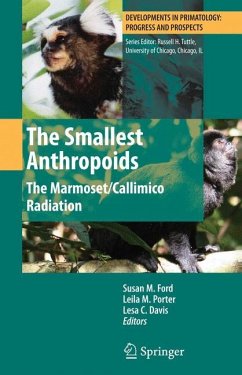
The Evolution of Exudativory in Primates
Versandkostenfrei!
Versandfertig in 6-10 Tagen
113,99 €
inkl. MwSt.

PAYBACK Punkte
57 °P sammeln!
This volume covers aspects of primate exudativory, one of the least common dietary niches among primates. While all primates are generally omnivorous animals, most species, depending on body size, acquire the majority of their energy from fruit, leaves or insects and the majority of their protein from insects or leaves. However, some specialize their caloric intake around the acquisition, processing, and break-down of exudates, the saps and gums produced by trees in response to mechanical or insect damage. Compared to leaves, insects or fruits, these compounds have a unique combination of challenges to the dentition for acquisition and processing and to the gut for digestion. This volume brings together our current knowledge on the morphological, physiological, and evolutionary aspects of being a primate exudativore and to fit these into an evolutionary context. Included in this work are comparisons to marsupial exudates-feeders and the chemical characteristics of exudates.
I first became involved in research into primate behavior and ecology in 1968, over 40 years ago, driven by a quest for a better understanding of the natural context of primate evolution. At that time, it was virtually unknown that primates can exploit exudates as a major food source. I was certainly unaware of this myself. By good fortune, I was awarded a postdoctoral grant to work on lemurs with Jean-Jacques Petter in the general ecology division of the Muséum National d'Histoire Naturelle in Brunoy, France. This provided the launching-pad for my first field study of lesser mouse lemurs in Madagascar, during which I gained my initial inklings of exudate feeding. It was also in Brunoy that I met up with Pierre Charles- Dominique, who introduced me to pioneering observations of exudate feeding he had made during his field study of five lorisiform species in Gabon. This opened my eyes to a key feeding adaptation that has now been reported for at least 69 primate species in 12 families (Smith, Chap. 3) - almost 20% of extant primate species. So exudativory is now firmly established as a dietary category for p- mates, alongside the long-recognized classes of faunivory (including insectivory), frugivory, and folivory. Soon after I encountered Charles-Dominique, he published the first synthetic account of his Gabon field study in a French language journal (Charles-Dominique 1971).







